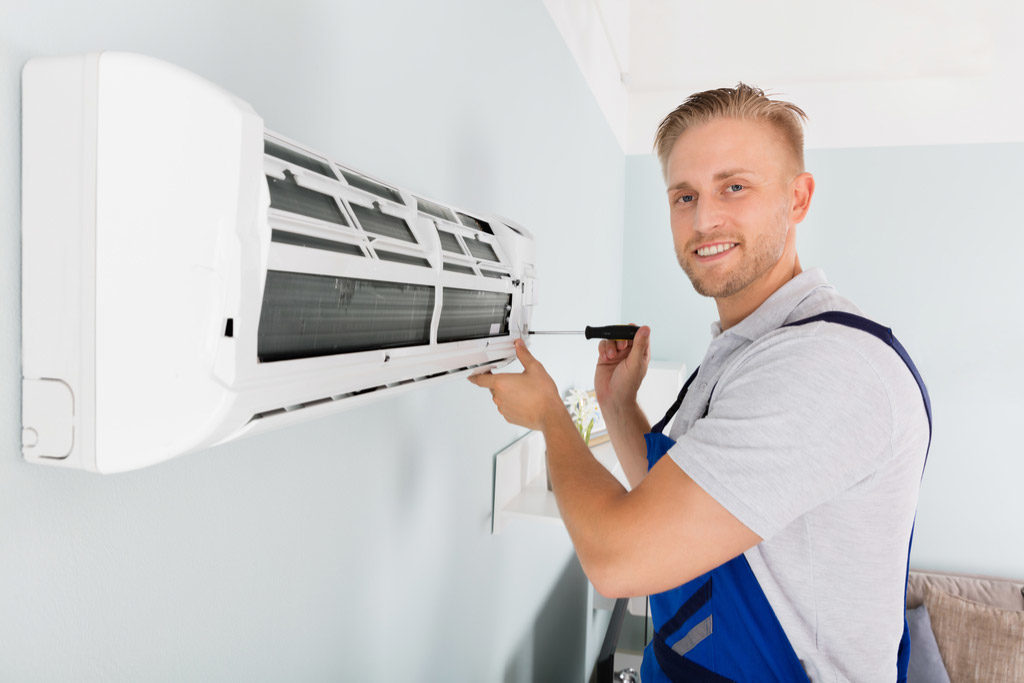One of the radioactive gases known to cause lung cancer is Radon which is released from breakdown of uranium present in soil or water. This gas seeps into your house from holes or cracks present in foundation and from well water & gets trapped inside the house. Any home can face this problem, be it a new or old house, drafty or fully sealed one, with a basement or without one.
Let us now go through the details of how to detect interferences while test is conducted for checking levels in the house, when a buyer can ask for new checks to be performed and the basic radon resistant features a house can have.
Detect interferences during test
- Use motion detectors to know if device was moved or any other changes have occurred in the testing conditions.
- The proximity detectors are to be used to judge whether people are present in the room or not which can effect the results.
- Variation in results is possible due to weather conditions and checking barometric pressure can reveal such variations.
- Recording temperature will tell you if any door or window in the room was opened which caused interference.
- Achieve closed home conditions by applying seals on windows which are tamper proof.
When a buyer can ask for new test?
In some of the following conditions a buyer has the right to ask for a new check to be performed:
- All the checklist items have not been performed.
- Checks had been performed more than 2 years ago.
- After the checks the house was altered and renovated, modifications like changes in HVAC system or alterations in the ventilation.
- Buyer would be staying at lower levels than what was tested in the house.
- If local government needs a disclosure from buyer at the time of purchase of house.
Features in a House for Radon Resistance
Let us now look at some of these basic features that the house can have to reduce the problem:
- Layer under the flooring system provides gas permeability.
- Plastic sheeting to stop gas seeping into the house.
- Proper sealing for below grade openings at places such as walls & foundation.
- PVC vent pipe from layer for gas permeability up to roof for passage of gas out of the house.
Conclusion
Thus we have seen here that possibility of interference is more than likely during checks and you should know how to detect them. After going through the above sections you must be aware now of the features that your house should have to provide radon resistance and make it a safer place to live.

